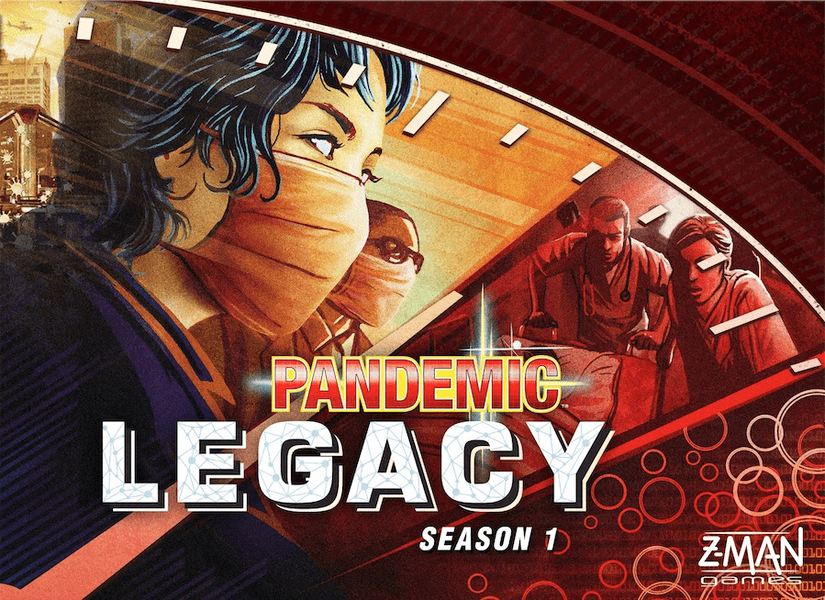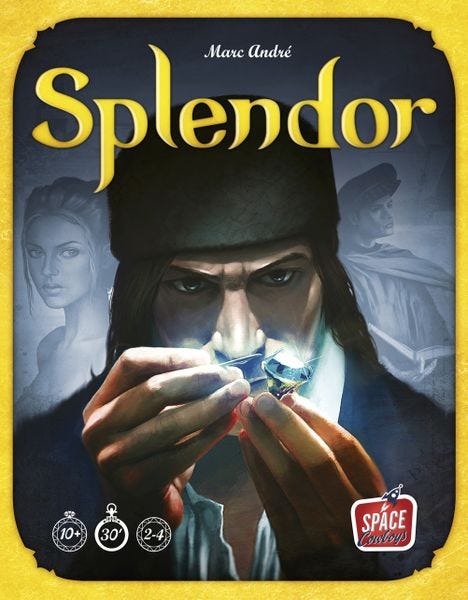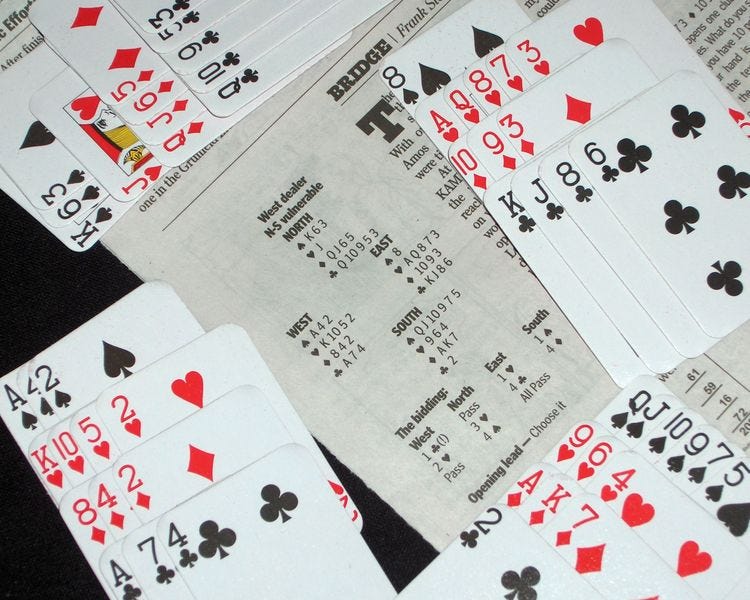The 13 games that every game designer must play
Yes, that’s a bold statement, and it’ll be interesting to see how it stands up about 5 years from now…
If you’re a budding artist, you’re encouraged to study the masters. If you’re getting into photography, you study the photos others have taken before you. If you want to make games, you’re often told to play more games.
Which ones, though? Even a smaller board game cafe or Friendly Local Game Store (FLGS) will have dozens, if not hundreds. Since games require getting players together, learning the game, playing the game, and then thinking about the game, it takes a fair bit of time to play one.
What makes a game one that ‘every designer must play’?
In my mind, all of these have a few things in common (in descending orders of importance):
They do (or did) something very well - not just ‘OK’, not just ‘good’, not even ‘great’, but ‘best in class’
They created, defined, or riffed off their genre in some way
They’re all relatively easy to find, meaning you have fewer excuses to dive in
This is not the ‘end-all, be-all’ list
Some of these options have a couple of options to check out, but they’ll teach you the same sorts of things.
I’d love to hear in the comments (open for everyone, BTW) what games you think should be on this list, and why.
And now, the 13 games
Cards Against Humanity OR Apples to Apples - two of the original games with the ‘impress-the-judge’ mechanic, in their purest forms. As you play, examine the player dynamics in the metagame, one of the simplest core loops around, and explore the emotions that the game creates.
Dominion OR Star Realms - both are classic deck-builders, each has a solid core loop, lots of ways to play, and lots of expansions that create tons of replayability. Go down the rabbit hole with the expansions, if you like.
Pandemic AND Pandemic Legacy (any season) - see how a popular game gets turned into a legacy game and how they take the player for a different sort of ride via story and new mechanics.
Carcassonne OR Azul - simple core loop, lots of emergent gameplay and interesting decisions.
Splendor OR Century: Spice Road - engine building games that also require some resource management.
Terraforming Mars OR Scythe - one of the more accessible medium-weight games to explore how deep the rabbit hole goes in strategy and tactics.
At least two ‘classic board games’ you didn’t grow up with: Chess, Backgammon, Go, Mancala, OR Checkers. While perfect information abstract strategy games may not be as popular with modern board game players, understanding the classics is part of the vocabulary we still speak today.
At least two ‘classic card games’ you didn’t grow up with: Contract Bridge, Pinochle, Whist, Euchre, Rummy / Gin Rummy, Cribbage, Hearts, OR Spades. Marvel at how a deck of standard cards you can pick up almost anywhere for pocket change connects you to centuries of games and untold millions of games / players in virtually every area of the world
The Settlers of Catan - arguably the seminal game that introduced German-style (later ‘Euro’) mechanics to the world.
Ticket to Ride - my personal definition of a gateway game. Play the original US map, then go for extra credit with any of the many other maps.
At least two Sid Sackson games - Acquire, Can’t Stop, Sleuth, Bazaar, I’m the Boss!, etc. Enjoy the mechanics and systems he was creating decades before Catan. Ready to go down the rabbit hole via the man’s journals? The Museum of Play has you covered.
You want more?!
Beyond these, do some reflection and add these games to your list:
Any game you've played at least once and *really* didn't like / enjoy.
Any game you've played multiple times and are happy to play again any chance you get.
With these, explore why you like it (or didn't like it), along with the emotions you feel / felt while playing.
Any game you have NEVER played (this study is of a game you're playing for the first time).
With this one, focus on the rules, the presentation, the unboxing, the physical components, etc. See how everything is laid out. Feel the materials and consider what other materials / components might have been used (either to make it cheaper or to create a better experience).
What else belongs on this list?
Comments are open.















I don’t care if I’m accused of being biased on this one: No Thanks is a masterpiece of minimalist design. The ratio of gameplay-to-rules is huge.